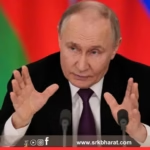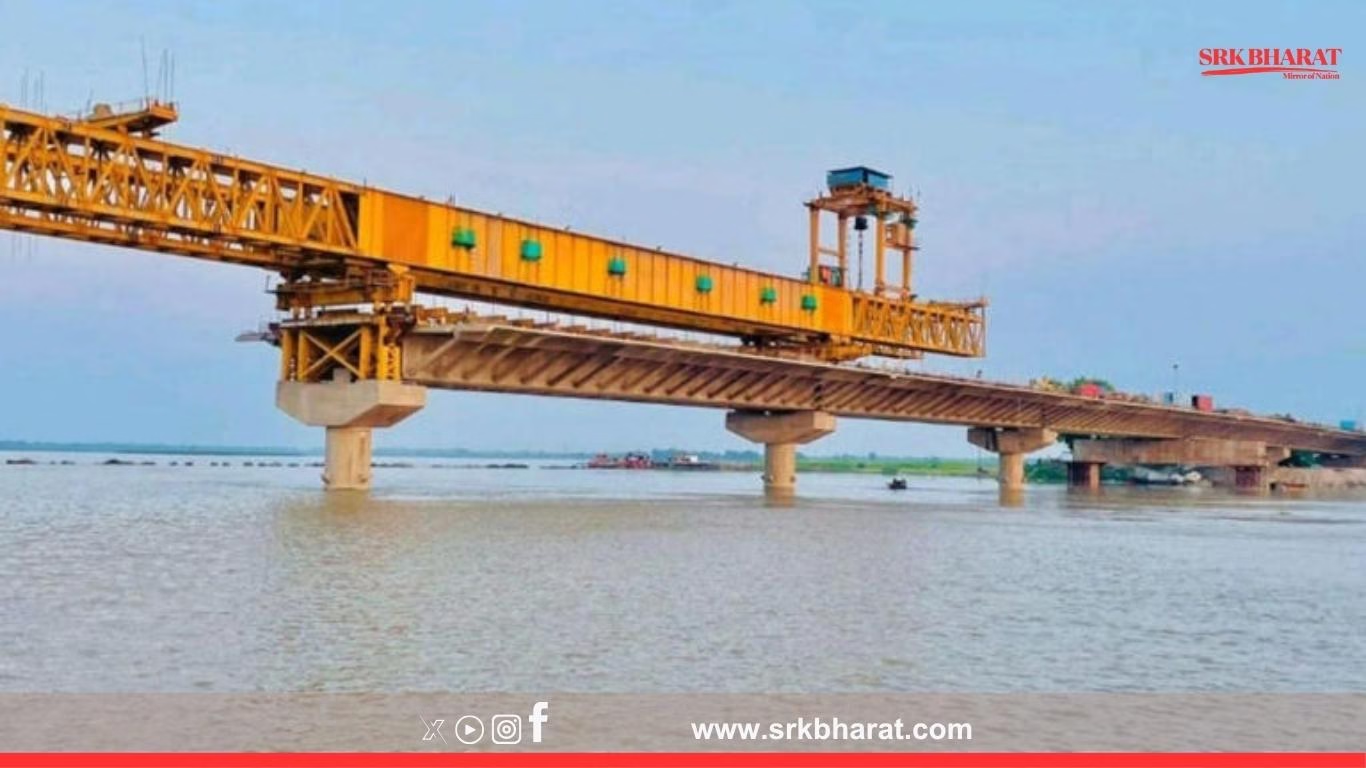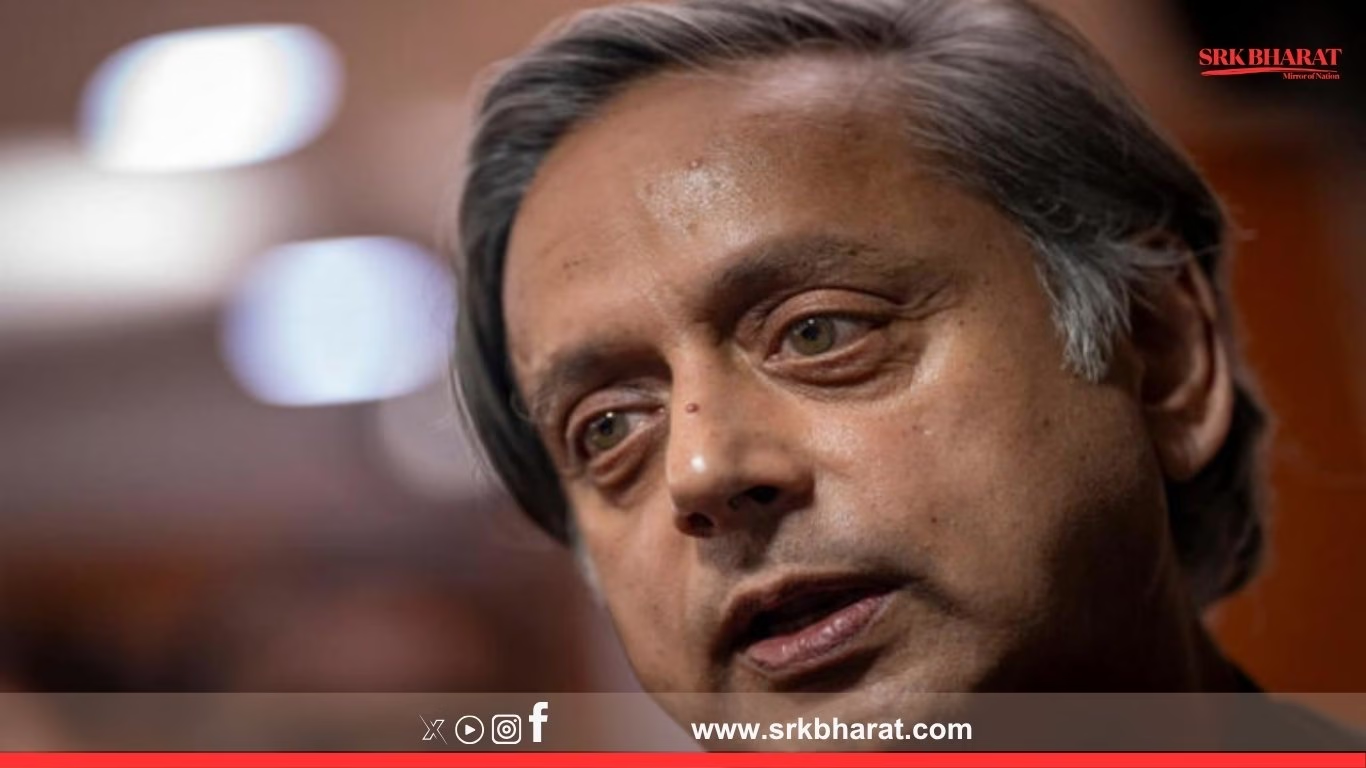In a diplomatic clarification that underscores India’s cautious stance on Tibetan religious matters amid tense ties with China, the Ministry of External Affairs (MEA) said this week that India holds no official position on the succession of the Dalai Lama. The announcement comes just days before External Affairs Minister S Jaishankar is set to embark on his much-anticipated visit to Beijing for high-level talks.
Highlights Of The Development
- MEA confirms no Indian stance on the Dalai Lama’s succession process.
- China considers Dalai Lama succession a sovereign issue.
- EAM Jaishankar to meet Chinese counterparts in efforts to stabilise ties.
- Border tensions, trade, and regional security to dominate agenda.
Context Of The Dalai Lama Succession Issue
The current 14th Dalai Lama, Tenzin Gyatso, now aged 89, has repeatedly spoken about his succession being purely a spiritual decision within the Tibetan community, potentially through traditional reincarnation or other Buddhist methods. However, China asserts Beijing’s right to approve any reincarnation, framing it as a matter of national sovereignty and internal security.
| Issue | India’s Stance | China’s Stance |
|---|---|---|
| Dalai Lama succession | No official position; respects Tibetan cultural processes | China claims authority over reincarnation decisions |
India has hosted the Dalai Lama since his exile in 1959 following a failed uprising against Chinese rule in Tibet, and Tibetan refugees remain an integral part of India’s social fabric. However, New Delhi has maintained a calibrated approach, treating the Dalai Lama as a spiritual leader without endorsing any political statements.
MEA’s Clarification
Speaking to media in Delhi, MEA spokesperson Randhir Jaiswal said:
“The government of India has no position on the issue of Dalai Lama’s succession. It is purely a matter for the Tibetan Buddhist community.”
The statement reaffirms India’s long-standing policy to avoid direct involvement in Tibet’s internal religious matters, especially amid strategic sensitivities with China.
Upcoming Jaishankar Visit To China
External Affairs Minister S Jaishankar’s scheduled visit next week will be his first official trip to Beijing since the Galwan Valley clash in June 2020, where 20 Indian soldiers were killed in the worst India-China border confrontation in decades.
Key agenda items include:
- Border Management: Further disengagement in Ladakh’s friction points.
- Trade Imbalance: Reducing India’s massive trade deficit with China.
- Regional Security: Stability in the Indo-Pacific amid rising tensions in Taiwan Strait and South China Sea.
- BRICS & SCO Cooperation: Strengthening multilateral engagements.
- Climate & Development Partnerships: Exploring green energy collaborations.
| Jaishankar’s China Visit – Agenda Table |
|---|
| Border disengagement protocols |
| Bilateral trade correction mechanisms |
| Regional security frameworks |
| Multilateral (BRICS, SCO) issues |
| Cultural, educational exchanges |
Why India’s Clarification Matters Now
China’s assertive statements about the Dalai Lama’s succession are seen by analysts as efforts to consolidate control over Tibet by installing a compliant religious figure after the current Dalai Lama. India’s neutral stance:
- Avoids unnecessary provocation before high-level talks.
- Maintains focus on border de-escalation and economic issues.
- Upholds India’s strategic autonomy while respecting Tibetan cultural sentiments.
Expert Opinions
Dr. Alka Acharya, Professor of Chinese Studies, JNU:
“New Delhi’s reiteration of its traditional non-interference stance reflects pragmatism. It signals focus on stabilising ties without diluting its principled support for Tibetan culture.”
Lt. Gen. (Retd.) DS Hooda, Former Northern Army Commander:
“For India, the priority remains LAC stabilisation. Any commentary on Tibet risks triggering nationalist backlash from Beijing at this delicate juncture.”
Recent Chinese Statements
China’s Foreign Ministry recently reiterated that “the reincarnation of living Buddhas, including the Dalai Lama, must follow Chinese laws and regulations”, and rejected external interference. Tibetan exiles fear this could result in two rival Dalai Lamas being recognised – one by Tibetans in exile, and another by Beijing.
Broader Geopolitical Implications
- US & Western Support For Tibetan Autonomy: The US has passed the Tibetan Policy and Support Act recognising the Tibetan community’s right to choose their leader, angering China.
- India’s Balancing Act: India seeks to avoid becoming a battleground for Sino-US competition over Tibet while protecting its own security interests.
- Border Infrastructure Race: China continues to build extensive infrastructure along LAC, compelling India to step up strategic road and airfield development in Arunachal Pradesh and Ladakh.
Public Reactions And Tibetan Sentiments
The Dalai Lama’s succession remains a deeply emotive issue for Tibetans globally. In Dharamshala, headquarters of the Tibetan government-in-exile, the MEA’s neutral stance has been received with mixed feelings:
- Tibetan activists: Disappointed India does not assert spiritual independence more strongly.
- Moderate voices: Appreciate India’s protection of Tibetan refugees and support for religious freedom.
Possible Future Scenarios
| Scenario | Outcome |
|---|---|
| China unilaterally appoints a new Dalai Lama | Risk of spiritual divide among Tibetans |
| Current Dalai Lama announces successor before passing | Potential legitimacy challenge by Beijing |
| India maintains neutrality | Preserves diplomatic space to manage China ties while supporting Tibetan cultural rights |
Conclusion
As External Affairs Minister Jaishankar prepares to visit Beijing, India’s cautious diplomatic signalling on the Dalai Lama succession reflects New Delhi’s focus on tangible strategic outcomes rather than symbolic posturing. The coming weeks will be critical in determining whether India-China relations can stabilise or whether deeper geopolitical divides will persist over border tensions, Tibet, Taiwan, and the broader Indo-Pacific framework.
Disclaimer: This news article is based on public statements, strategic analysis, and geopolitical research. Readers are advised to view developments in context of evolving diplomatic events. The publication bears no responsibility for decisions taken based on this information.











